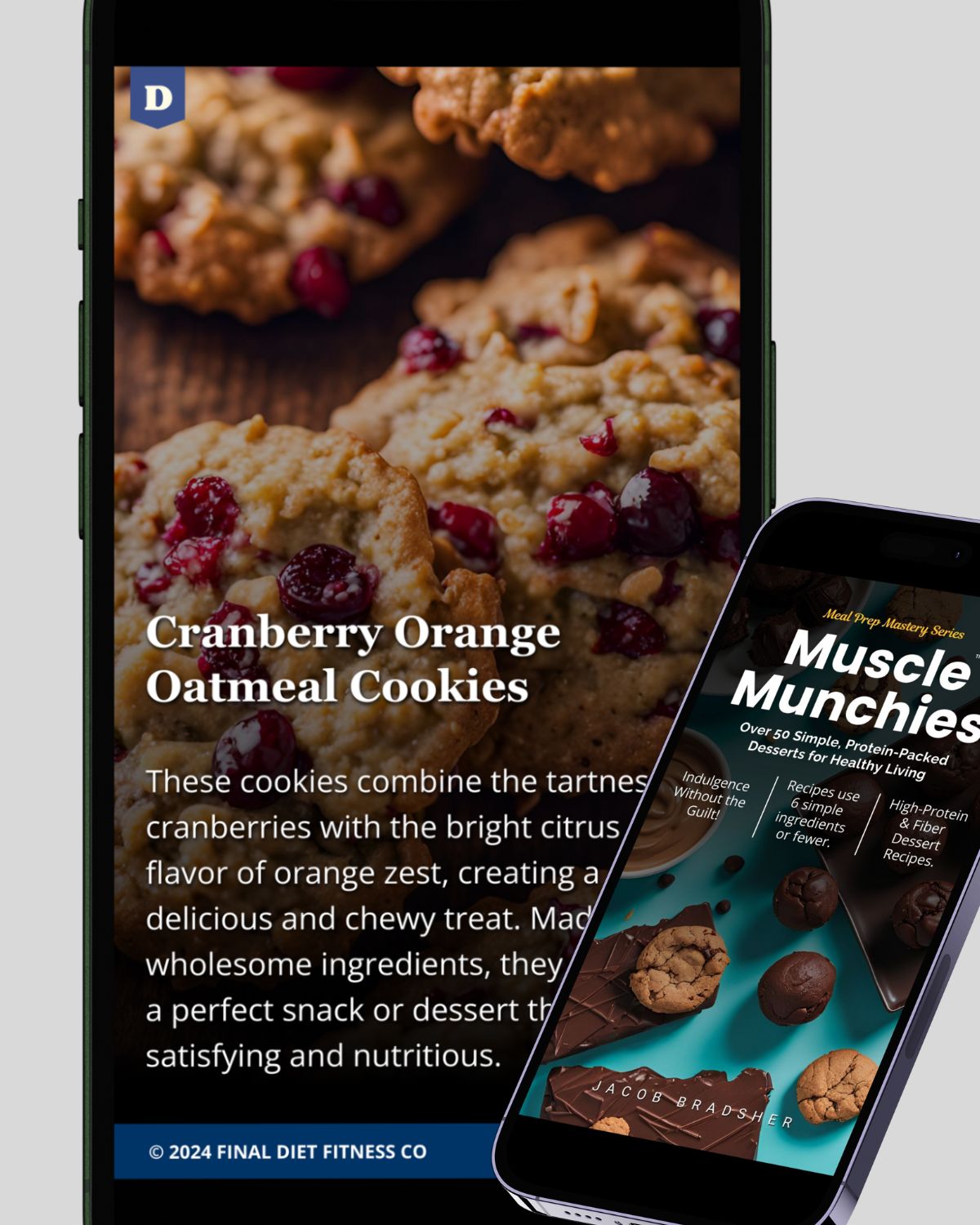
When it comes to healthy eating and weight management, understanding calorie density can be a game-changer. This concept is crucial for making better food choices that not only support your goals but also leave you feeling full and satisfied.
What Is Calorie Density?
Calorie density refers to the number of calories in a given volume or weight of food. Foods with low calorie density provide fewer calories but take up more space in your stomach, helping you feel full without overeating. On the flip side, high-calorie-density foods provide more calories in a smaller portion, which can lead to overeating if you're not careful.
The Key to Healthy Eating and Weight Management
Choosing foods with lower calorie density allows you to eat larger portions while still staying within your calorie goals. This is particularly beneficial when you're trying to lose fat, maintain your weight, or simply improve your overall satiety and nutrition. By filling up on foods that are low in calorie density, you’ll find it easier to control your calorie intake and stick to your healthy eating plan.
Examples of Calorie Density
Low-Calorie Density Foods (Filling, Nutrient-Rich):
- Vegetables: spinach, broccoli, bell peppers, and zucchini
- Fruits: berries, apples, oranges, and watermelon
- Lean Proteins: egg whites, chicken breast, fish, and turkey
- Whole Grains: quinoa, oats, brown rice, and barley
These foods are not only low in calories but also packed with fiber, water, and important nutrients that promote fullness and support overall health.
High-Calorie Density Foods (Easy to Overconsume):
- Oils and Fats: butter, olive oil, avocado oil
- Processed Snacks: chips, cookies, and pastries
- Sugary Drinks and Desserts: soda, juice, and ice cream
While these foods are often tasty and convenient, they pack a high number of calories in small portions, making it easy to go overboard without feeling full.
Practical Tips for Lowering Calorie Density
To make calorie density work for you, here are some practical tips for building meals that are satisfying and help you stay within your calorie goals:
- Fill Your Plate with Vegetables: Vegetables have high water and fiber content, making them incredibly filling with very few calories. Load up your plate with veggies like spinach, broccoli, and bell peppers to keep you feeling satisfied.
-
Prioritize Lean Proteins: Foods like egg whites, chicken breast, and Greek yogurt provide protein without added fat. Protein is essential for muscle recovery and helps keep you full longer.
-
Limit Liquid Calories: Drinks like soda, juice, and alcohol can be calorie-dense but don’t provide much satiety. Opt for water, herbal teas, or calorie-free beverages to stay hydrated without packing on extra calories.
-
Choose Whole Foods: Whole grains, fruits, and vegetables are naturally lower in calorie density compared to processed foods. Opt for whole foods that are minimally processed to fuel your body with essential nutrients.
-
Add Volume: Enhance meals with low-calorie add-ins like spinach, mushrooms, and zucchini. These foods increase the volume of your meals without adding significant calories, helping you feel full and satisfied.
-
Mind High-Calorie Additions: While oils, dressings, and nuts can be healthy, they’re also calorie-dense. Measure these ingredients to keep portions in check and avoid adding unnecessary calories to your meals.
How Calorie Density Supports Your Goals
By focusing on low-calorie-density foods, you can:
- Eat more food while staying within your calorie target: You’ll feel like you're eating larger portions without going over your calorie limits.
- Feel satisfied and avoid hunger: Low-calorie-density foods tend to be high in water and fiber, which helps promote satiety, making it easier to stick to your eating plan.
- Fuel your body with nutrient-rich options: Foods with low calorie density are often packed with essential nutrients like vitamins, minerals, and antioxidants that support your energy levels and help with recovery.
Conclusion
Understanding calorie density is a simple but powerful tool for making smarter food choices. By incorporating more low-calorie-density foods into your meals, you can eat satisfying portions, manage your weight, and fuel your body with the nutrients it needs. Start applying these calorie density tips to your daily routine and see how they can help you reach your health and fitness goals.







